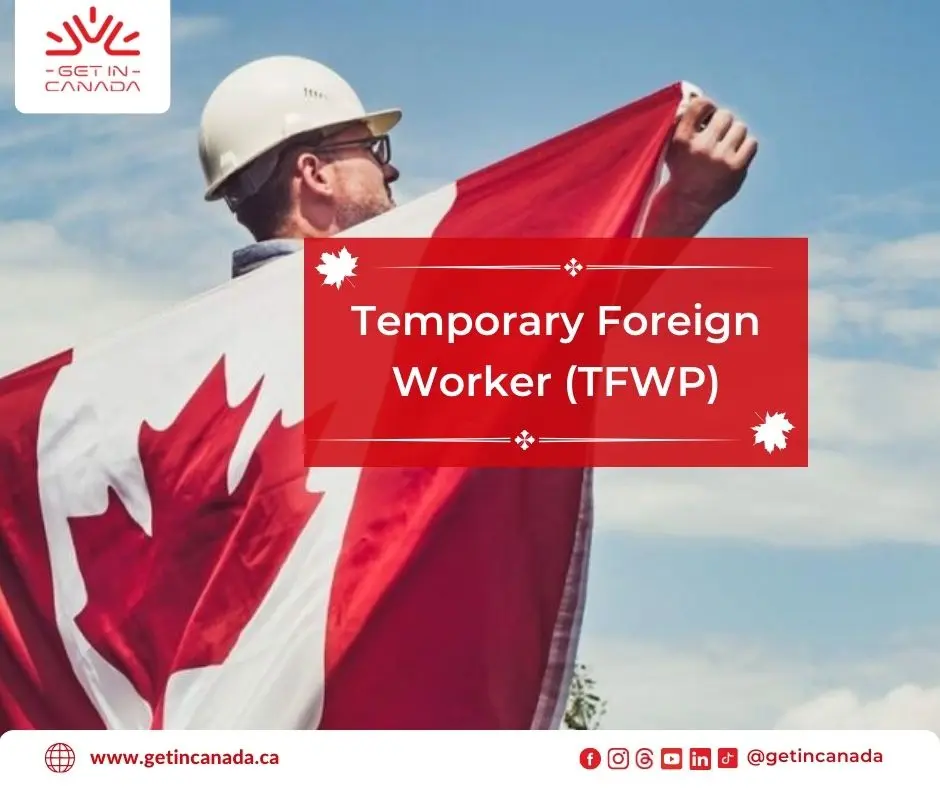Temporary Foreign Worker (TFWP)
Employers accessing the Temporary Foreign Worker Program must be able to prove that no Canadian citizens or permanent residents are ready, willing, and able to perform the duties outlined in a job description. This proof comes in the form of a Labour Market Impact Assessment (LMIA).

What does the Temporary Foreign Worker Programs’ process include?
The process of obtaining an LMIA for the Temporary Foreign Worker Program includes:
- a period of advertising the position under set requirements;
- an application fee of $1,000 (paid by the employer);
- the production of a transition plan showing that the employer intends to take steps to reduce reliance on temporary foreign workers over time (for high-wage positions only); and
- adherence to stringent criteria.
3 new LMIA rules under the Temporary Foreign Worker program
As of September 26, new changes are to affect the LMIA under the Temporary Foreign Worker program, which is Canada’s primary skilled worker program:
- High unemployment areas that have no more LMIAs: In those regions where unemployment is 6% or more, the government will stop approving Labour Market Impact Assessments (LMIAs) for low-wage jobs.
- 10% Limit on hiring foreign workers: Employers can now hire only 10% of their staff through the TFW Program, instead of the previous 20%.
- Shorter Work Period: Some temporary foreign workers hired for low-wage jobs are only allowed to stay for one year instead of the previous two years of stay permitted under the TFW Program.
Find out if you are eligible to get in Canada →
LMIA exemptions
There are a number of potential ways for employers in Canada to avoid the LMIA application process, by hiring through temporary work permit streams outside the Temporary Foreign Worker Program. This may be achieved if hiring through one of the various streams of the International Mobility Program (IMP), which provides for LMIA-exempt hiring of foreign workers.
Employers and workers alike would be well advised to consider their options under the IMP before pursuing a work permit under the TWFP.
TFWP and IMP: an overview
| TFWP | IMP |
|---|---|
| LMIA required | No LMIA required |
| Work permits are closed (employer-specific) | Work permits may be open or closed |
| Labour market-based (to fill shortages temporarily) | To advance Canada’s broader economic and cultural interests |
| Based on specific labour needs to be based on occupation and region | Based partially on international reciprocal agreements (e.g. IEC, NAFTA, CETA) |
| Streams applications based on the wage of the position offered | Does not stream applications based on the wage offered, but certain streams take occupation skill level into account |
| Typically requires employers to search for Canadian workers before being able to hire a foreign worker | Employers may hire without first offering the position to Canadians |
| Employers hiring for high-wage positions usually must provide a transition plan | Employers do not have to provide a transition plan |
| The employer pays a fee for an LMIA application ($1,000) | The employer pays compliance fee ($230) unless job applicant holds an open work permit (in which case, no fee is required) |
| The two-week processing standard is only available for certain occupations and the top 10% of wage earners, otherwise, the process can run for many months | Many IMP streams have a two-week work permit processing standard |
| Overseen by Employment and Social Development Canada (ESDC) | Overseen by Immigration, Refugees and Citizenship Canada (IRCC) |
Foreign workers transitioning to permanent residence
Many temporary foreign workers in Canada set down roots in the country. These roots can be economic, social, familial, or some combination. Fortunately for foreign workers, depending on their situation they may be able to transition to Canadian permanent residence.
A selection of Canada’s economic immigration programs places a value on Canadian work experience. Foreign workers with at least one year of skilled employment in Canada may be eligible under the Canadian Experience Class (CEC), one of the federal programs managed under the Express Entry system. CEC candidates are well-placed to be invited to apply for permanent residence, given that Canadian work experience is rewarded under the Comprehensive Ranking System (CRS).
Foreign workers who may not be eligible for Express Entry or struggle to reach the CRS cut-off threshold in Express Entry draws may have other options under one of the Provincial Nominee Programs (PNPs). Many provinces use their PNP to help foreign workers in the given province transition to permanent residence. This may be possible in some cases even if the foreign worker has been employed in a non-skilled position.
There may also be an immigration option for foreign workers who have established a relationship with a Canadian citizen or permanent resident, either as a spouse or common-law partner.
